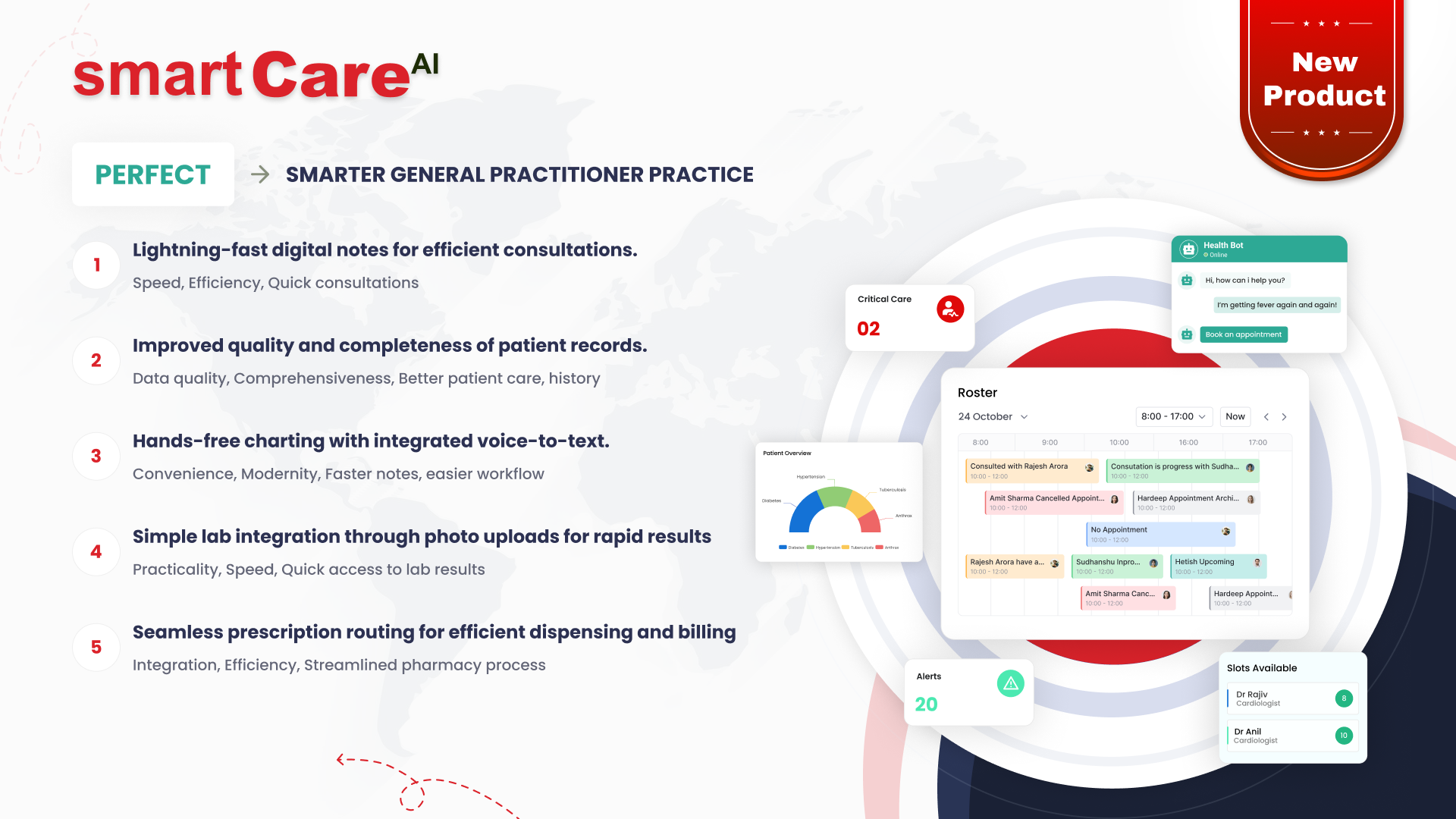Posted On February 13, 2025
How Advanced Data Analytics is Revolutionizing Healthcare IT Efficiency: A Tool-Driven Approach
At smartData Enterprises, we have always believed in harnessing cutting-edge technology to transform industries. Healthcare, in particular, has seen a monumental shift in how operational efficiency is achieved, thanks to advanced data analytics. Today, I want to share insights into how healthcare IT is evolving and how data-driven strategies are becoming the backbone of efficient healthcare delivery systems.
The Shift from Volume to Value-Based Care
From the traditional volume-based model, where care is measured and billed on a case-by-case basis, healthcare providers are now moving toward a value-based model that focuses more on outcomes. This transition demands great comprehension of operational inefficiencies, patient needs, and how to allocate resources. The application of advanced data analytics can facilitate this transition with actionable insights from complex data.
Key Areas Where Data Analytics Is Making a Difference:
Optimization in resource allocation: Healthcare facilities often grapple with limited resources, such as beds, medical staff, and equipment. Predictive analytics models help anticipate patient inflow, enabling hospitals to allocate resources effectively. For instance, during the COVID-19 pandemic, data analytics was instrumental in forecasting patient surges and optimizing ICU bed usage.
Reducing Operational Costs: Inefficiencies in health operations can be costly. Advanced analytics helps identify bottlenecks within the workflow, such as during the registration or discharge processes. Streamlining these processes can dramatically reduce operational costs and improve patient satisfaction for healthcare providers.
Improved Patient Care: Data analytics does not only improve operations but also impacts patient care. Real-time data from wearable devices and electronic health records (EHRs) allows healthcare professionals to monitor patients remotely, predict complications, and intervene proactively. This reduces hospital readmissions and improves patient outcomes.
Predictive Analytics for Proactive Maintenance: By analyzing historical maintenance records, equipment usage patterns, and sensor data, we can predict potential equipment failures before they occur. This proactive approach minimizes downtime, reduces maintenance costs, and ensures uninterrupted healthcare services.
Real-Time Patient Monitoring and Alert Systems: Advanced analytics algorithms can process real-time patient data from wearable devices and medical equipment to identify critical health changes. Early detection of deteriorating conditions enables timely interventions, saving lives and improving patient outcomes.
Fraud Detection and Prevention: Advanced analytics techniques can detect anomalies and suspicious patterns in claims data, identifying potential fraudulent activities. This helps healthcare organizations protect their revenue and maintain compliance with regulatory standards.
The Future of Healthcare IT
As data analytics continues to evolve, we can expect even more groundbreaking applications in healthcare IT. By harnessing the power of artificial intelligence, machine learning, and big data, we can unlock new opportunities to improve patient care, reduce costs, and enhance overall operational efficiency.
At smartData Enterprises, we are committed to leveraging the latest advancements in data analytics to drive innovation in healthcare. By partnering with healthcare organizations, we aim to build a future where data-driven insights empower healthcare professionals to deliver exceptional care.
Conclusion
The healthcare industry is on the eve of a digital revolution. Advanced data analytics is the spearhead for such a change and has already been adding to the successes of healthcare providers by bringing both efficiency and good, viable relations with patients.








